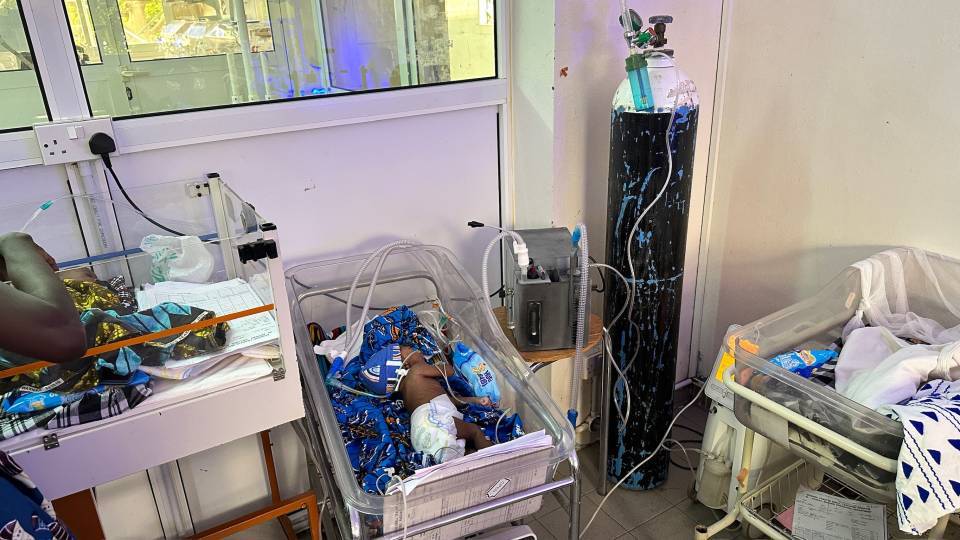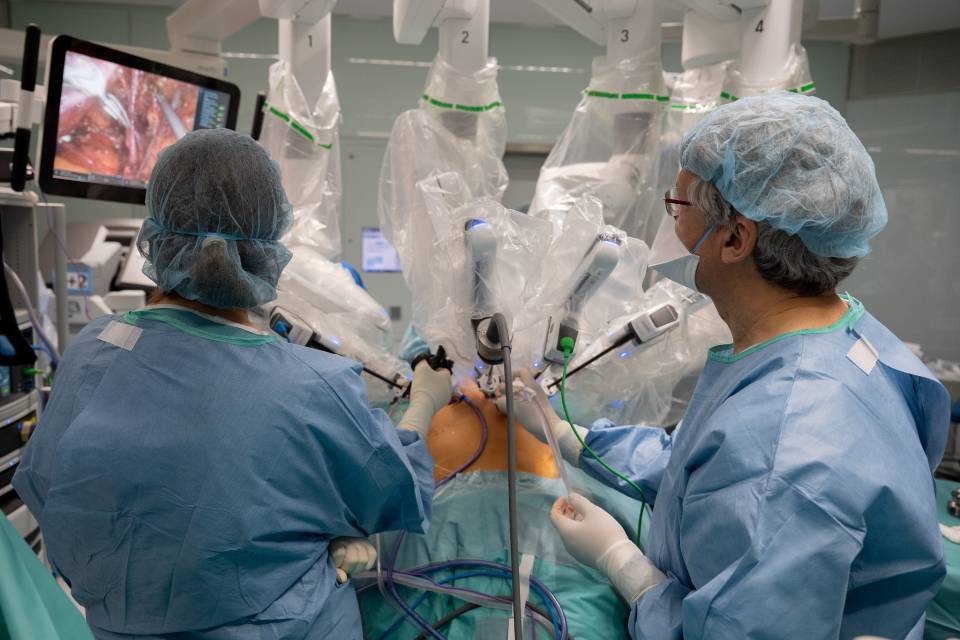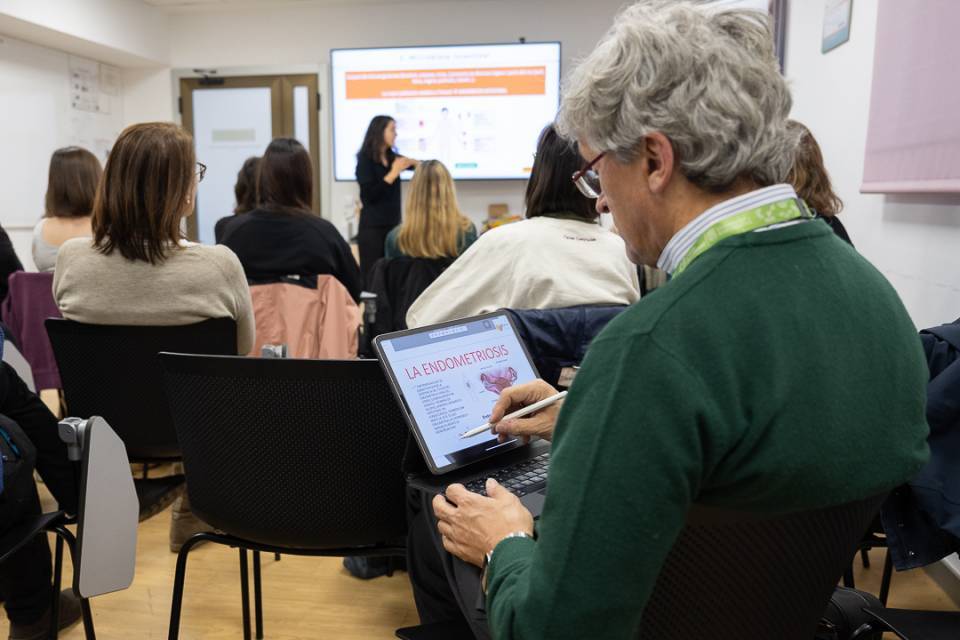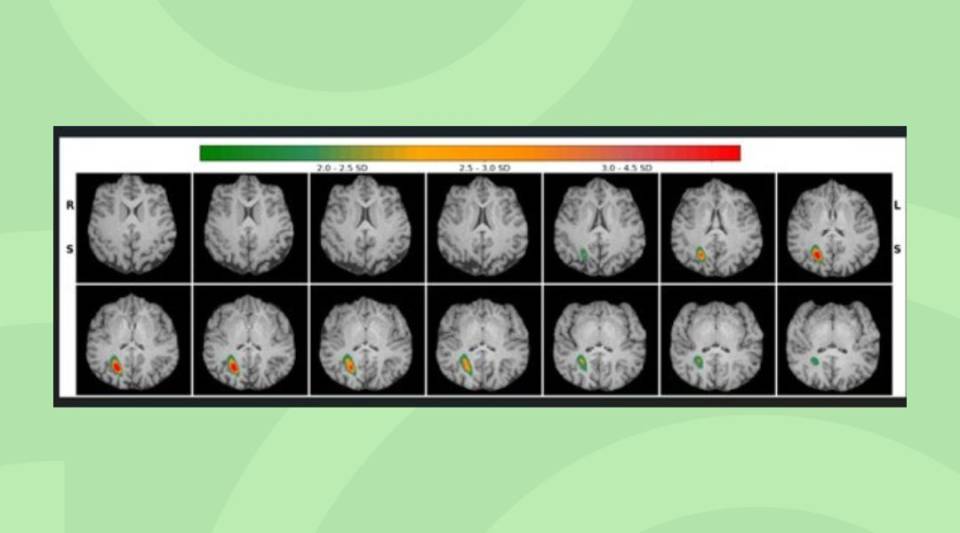A multidisciplinary team from Clínic Barcelona hospital and the Biophysics and Bioengineering Unit of the Faculty of Medicine and Health Sciences, has created a low-cost, non-invasive, neonatal ventilation device. The project, led by Gerard Trias, a biomedical engineer at Clinic's Department of Infrastructures and Biomedical Engineering, aims to improve neonatal care in developing countries. Alongside paediatricians, paediatric residents and nurses from the Maternitat Centre and Sant Joan de Déu Barcelona Children’s Hospital, it was introduced in October 2023 in the Neonatal Intensive Care Unit at Edward Francis Small Teaching Hospital in Banjul, The Gambia.
The device was devised at part of Gerard Trias’ Final Degree Project. It was developed at the Biophysics and Bioengineering Unit of the UB Faculty of Medicine and Health Sciences led by Dr. Ramon Farré and aimed to find solutions for problems with medical equipment donated to hospitals in developing countries, which often becomes obsolete due to a lack of spare parts or technical support. The device was designed to be manufactured and repaired locally, with easily obtainable materials, and can operate continuously, even during power cuts, guaranteeing this form of ventilation in newborn babies.
The main objective was the implementation of 3 devices at the hospital in Banjul, where there is one of the largest neonatal units in The Gambia, which treats a large number of more complex patients. All of this was possible thanks to the assistance of various entities such as IAM3DHUB and Leitat, which provided technical advice and manufactured the device with the support of ACCIÓ of the Generalitat de Catalunya, the RespiSurf grant from the Spanish Society of Neonatology , a project grant from the Solidarity Campus Clínic and the collaboration, technical support and funding from the NGO Amb les Teves Mans (With Your Hands). Collaboration was also provided by the Open Source Medical Devices cooperation group from Dr. Farré’s Unit.
Gerard Trias explains they noticed that, “there were many babies who could benefit from CPAP treatment, which until then they could not offer because they did not have it”. Initially, medical staff were trained to give guidance on the use of the device and to address any questions. Practical training was also provided to engineers, teaching them to assemble and disassemble the device and how to solve any potential problems that may arise in day-to-day hospital practice. Finally, nurses were also trained in how to attach the device to a baby and how to clean it.
“We firmly believe that it will be very useful for babies who need it. This year, we are going back to Banjul to see firsthand how it has been going during these months and to continue to move forward with the project", explains Trias. For the time being, other countries have shown an interest in receiving this project and it is likely that new hospitals with similar conditions will be able to benefit from it.




